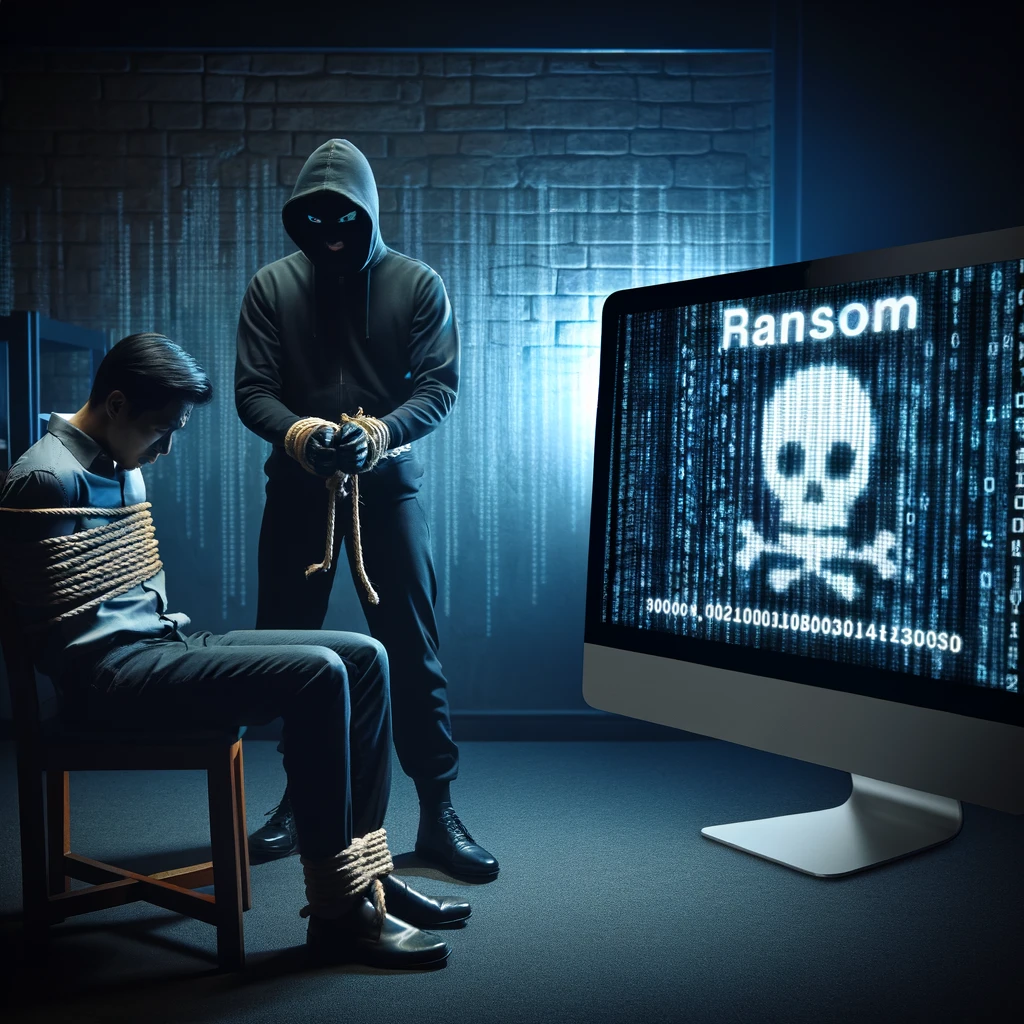Ransomware has re-emerged as one of the most significant cybersecurity threats facing businesses today. This malicious software, which encrypts a victim’s data and demands payment for its release, has evolved with sophisticated tactics and methods. Protect Your Business in 2024, businesses must be more vigilant than ever to safeguard their digital assets. This blog post explores the resurgence of ransomware, its impact on businesses, and effective strategies for protection.
The Resurgence of Ransomware
Ransomware attacks have seen a dramatic increase in both frequency and severity. Cybercriminals are employing more advanced encryption techniques and targeting not just large corporations but also small and medium-sized enterprises (SMEs). Recent statistics show that ransomware attacks have increased by over 150% in the past year, with total ransom demands reaching new heights.
One of the most concerning trends is the rise of double extortion tactics. In these attacks, cybercriminals not only encrypt the victim’s data but also threaten to leak sensitive information unless the ransom is paid. This tactic puts additional pressure on businesses to comply with the attackers’ demands.

Case Studies: The Cost of Ransomware
Recent incidents provide stark examples of the devastating impact ransomware can have on businesses. For instance, a leading healthcare provider experienced a ransomware attack that paralyzed its operations for weeks. The attackers demanded a multimillion-dollar ransom, and although the company had backups, the sensitive nature of the leaked patient data forced them into a difficult position.
In another case, a manufacturing firm suffered a ransomware attack that disrupted its supply chain and production lines, leading to significant financial losses and damage to its reputation.
Protect Your Business: Strategies
- Regular Data Backups:
- Automated Backups: Implement automated backup solutions to ensure that all critical data is regularly backed up and stored securely.
- Offsite Storage: Store backups in offsite locations or cloud environments to protect against physical and cyber threats.
- Advanced Endpoint Protection:
- Endpoint Detection and Response (EDR): Deploy EDR solutions to monitor and respond to suspicious activities on all endpoints.
- Anti-Ransomware Tools: Utilize specialized anti-ransomware tools that can detect and block ransomware activities in real time.
- Network Segmentation:
- Isolate Critical Systems: Segment your network to isolate critical systems and data from less secure areas.
- Limit Access: Implement strict access controls to ensure that only authorized personnel can access sensitive data.
- Employee Training and Awareness:
- Phishing Awareness: Educate employees about phishing tactics and how to recognize malicious emails that may deliver ransomware.
- Regular Drills: Conduct regular cybersecurity drills to keep employees prepared for potential ransomware attacks.
- Incident Response Planning:
- Develop a Plan: Create a comprehensive incident response plan that includes procedures for dealing with ransomware attacks.
- Regular Updates: Regularly update and test your incident response plan to ensure its effectiveness.
Conclusion
Ransomware is a formidable threat that requires a proactive and comprehensive approach to cybersecurity. By implementing robust backup solutions, advanced endpoint protection, network segmentation, and ongoing employee training, businesses can significantly reduce the risk of falling victim to ransomware attacks.
Stay vigilant and prepared—your business’s resilience against ransomware starts with strong cybersecurity practices.
About the Author
Brent Raeth is a cybersecurity expert with over 20 years of experience in the industry. He specializes in helping businesses develop and implement robust cybersecurity strategies to protect against emerging threats.
Contact Information
For more information on how to protect your business from AI-powered phishing attacks, contact CatchMark Technologies at https://catchmarkit.com/contact-us/.
Resources
https://www.nist.gov/itl/smallbusinesscyber/guidance-topic/ransomware

